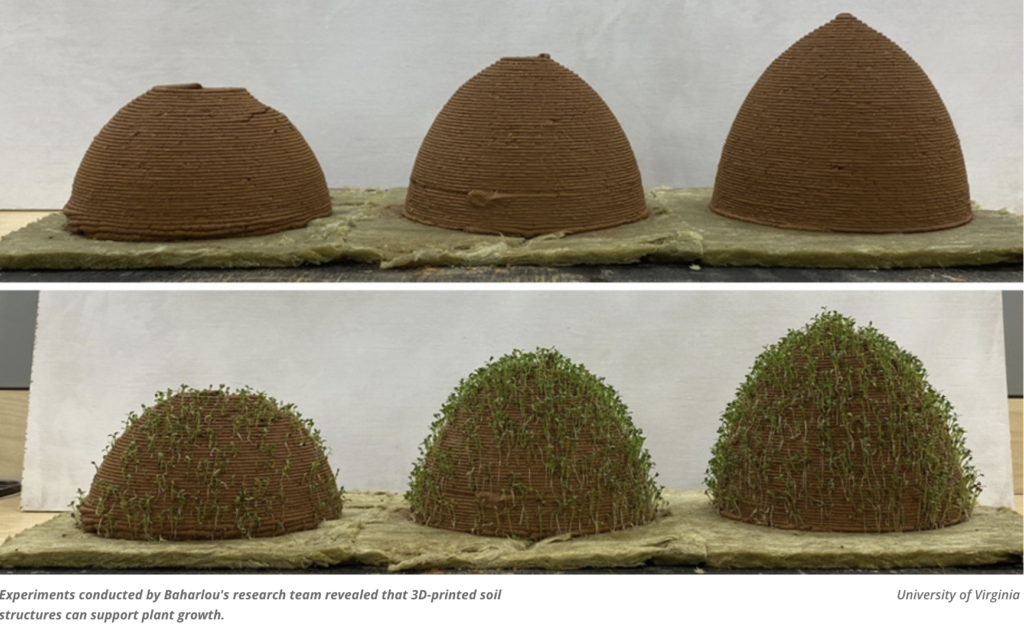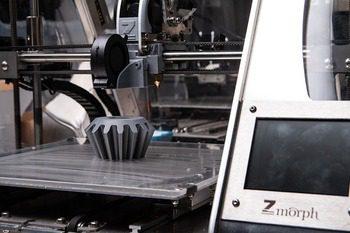Looking for the next big thing in Insulation? Look no further than 3D printed Insulation! This cutting-edge technology is changing the game when it comes to keeping your home or business warm and cozy. With its advanced design and innovative materials, 3D printed Insulation is sure to be the go-to choice for anyone looking to stay comfortable and save on energy costs. So why wait? Get on board with the next generation of Insulation today!

The world of Insulation is about to be revolutionized by 3D Printing. This new technology has the potential to create Insulation that is more efficient, effective, and sustainable than anything that has come before.
One of the most exciting developments in 3D printed Insulation is the use of graphene. Graphene is a material that is made up of a single layer of carbon atoms arranged in a hexagonal lattice. It is incredibly strong, lightweight, and conductive. These properties make it ideal for use in Insulation.
Graphene-based Insulation can be 3D printed into complex shapes that perfectly fit the contours of a building. This ensures that there are no gaps or voids, which can lead to heat loss. Graphene insulation is also highly effective at blocking sound waves, making it ideal for use in noise-sensitive applications.
In addition to graphene, other materials that are being used in 3D printed Insulation include aerogels, aerogel composites, and phase-change materials. Aerogels are ultralight materials that have very low thermal conductivity.
Aerogel composites combine the properties of aerogels with other materials, such as plastics or metals. Phase-change materials change state from solid to liquid and back again as they absorb and release heat. This makes them ideal for use in Insulation, as they can help to regulate the temperature of a building.
3D printed Insulation is still in its early stages of development, but it has the potential to revolutionize the way we insulate our homes and businesses. This new technology is more efficient, effective, and sustainable than anything that has come before.
As 3D printing technology continues to develop, we can expect to see even more innovative and groundbreaking applications for Insulation.

Unveiling the Remarkable Material Innovators
The development of 3D printed Insulation is a testament to the ingenuity and creativity of material innovators. These scientists and engineers are constantly pushing the boundaries of what is possible, inventing new materials that have the potential to change the world.
The development of graphene insulation is just one example of the remarkable work that is being done in the field of material innovation.
Other notable examples include the development of carbon nanotubes, which are even stronger and more conductive than graphene. The future of material innovation is bright.
As scientists and engineers continue to develop new materials, we can expect to see even more groundbreaking applications in a wide range of industries. From Insulation to electronics to medicine, the potential for material innovation is endless.
Revolutionizing Insulation with 3D Printing
In the realm of innovation, there are researchers and scientists who push the boundaries of what is possible, inventing groundbreaking technologies that leave us in awe.

Unveiling the Remarkable Material Innovators
One such remarkable achievement is the invention of 3D printed Insulation using an extraordinary material. In this captivating article, we delve into the world of these visionary researchers and explore how their revolutionary creation is set to transform the field of Insulation.
The Birth of an Idea
Every great innovation starts with a spark of inspiration. These pioneering researchers, fueled by a passion for sustainability and energy efficiency, set out on a quest to revolutionize the way we insulate buildings.
They envisioned a material that would not only offer exceptional thermal properties but also be eco-friendly and easily customizable.

The Discovery of a Marvelous Material
Through tireless experimentation and ingenuity, the researchers stumbled upon a material that surpassed all expectations. It possessed incredible insulating capabilities, effectively regulating temperature and minimizing heat transfer. But what set it apart was its composition—a sustainable, eco-friendly substance that left a minimal environmental footprint.
Merging Technology and Creativity
With their material in hand, the researchers sought to harness the power of 3D printing technology. They envisioned a future where Insulation could be precisely crafted to fit any architectural design, eliminating wasted materials and reducing installation time.
By leveraging the capabilities of 3D Printing, they could create intricate patterns and structures that optimized thermal efficiency to an unprecedented level.
Advantages Beyond Insulation
The ingenuity of these researchers extended beyond the realm of Insulation. Their material’s versatility allowed for applications in various industries.
From energy-efficient housing to aerospace technology, the possibilities seemed endless. The material’s lightweight nature and exceptional durability opened doors to innovation across a broad spectrum of fields.
Sustainable Future
The researchers’ invention not only revolutionized Insulation but also contributed to a more sustainable future. By using eco-friendly materials and reducing waste through precise 3D Printing, their innovation aligned with the growing global focus on sustainable practices.The impact on energy consumption and environmental preservation was nothing short of remarkable.
Shaping a New Era of Insulation
Through their relentless pursuit of innovation, these visionary researchers have transformed the field of Insulation. With their 3D printed Insulation made from an incredible material, they have elevated the standards of thermal efficiency, sustainability, and architectural possibilities.
As their invention becomes more widely adopted, we can expect to see a paradigm shift in the construction industry, ushering in a new era of energy-efficient, environmentally conscious buildings.
These researchers serve as an inspiration to all aspiring innovators, reminding us of the transformative power of scientific exploration and the impact it can have on society.
Let us celebrate their remarkable achievement and embrace the possibilities their invention presents for a brighter, more sustainable future.
If you are interested in learning more about 3D printed Insulation, I encourage you to visit the following websites:
- Aerogel.org: https://aerogel.org/
- 3DPrint.com: https://www.3dprint.com/
- Shapeways: https://www.shapeways.com/
Thanks,
Bullwinkle
